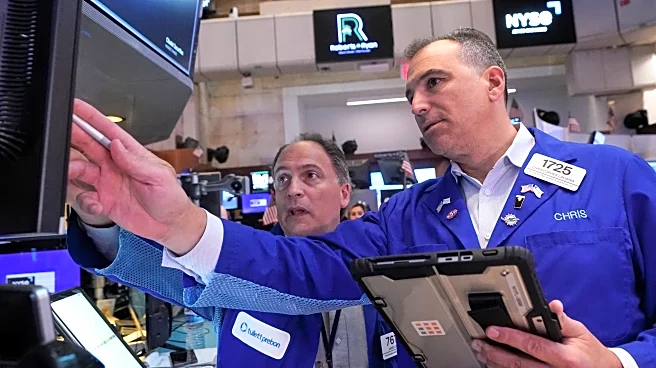What's Happening?
Retailers are experiencing a challenging year in terms of hiring for the holiday season, with job cuts increasing by 274% in the first five months compared to the previous year. This trend has continued into July and August, with hiring efforts slowing down. The labor market is lackluster, impacting consumer spending, especially among lower-income households. Some firms, like PwC, project a decline in holiday sales due to shopper pullback. Retailers are expected to hire fewer seasonal workers, with estimates suggesting fewer than 500,000 employees will be brought on this season, down from over 543,000 last year. Factors such as tariffs, inflationary pressures, and reliance on automation and permanent staff are contributing to the cautious hiring approach.
Why It's Important?
The slowdown in retail hiring has significant implications for the U.S. economy, particularly affecting consumer spending and employment rates. With fewer seasonal workers, retailers may struggle to meet demand during the peak holiday season, potentially leading to decreased sales and customer dissatisfaction. The reliance on automation and permanent staff over seasonal hires reflects broader shifts in labor practices, which could impact job availability and wage growth in the retail sector. Additionally, the economic pressures from tariffs and inflation may further strain retailers' profit margins, influencing pricing strategies and consumer affordability.
What's Next?
Retailers may adjust their hiring strategies if holiday sales exceed expectations, potentially leading to a late hiring push. However, the cautious pace of announcements suggests companies are not anticipating a significant seasonal surge. Stakeholders, including political leaders and economic analysts, will likely monitor these developments closely, as they could influence broader economic policies and labor market strategies. Retailers may also explore alternative solutions, such as enhancing automation or optimizing existing workforce capabilities, to navigate the challenging economic landscape.












